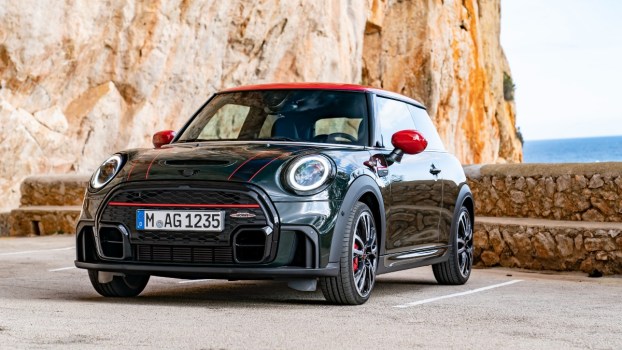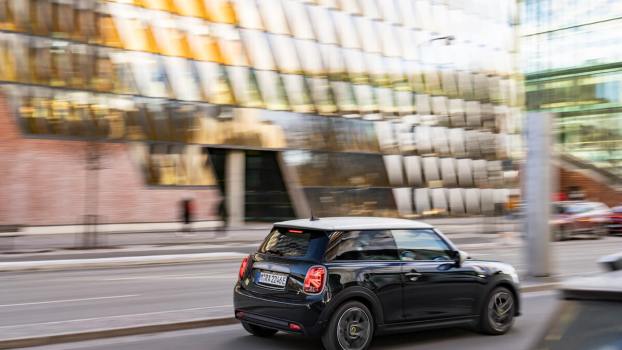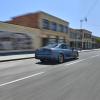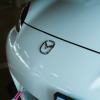
Is a Used 2007-2013 Mini Cooper S R56 Reliable?
Although it’s not the hottest hatch on the market, the Mini Cooper S can still show corners a thing or two. However, even before prices went crazy, these pocket rockets weren’t exactly cheap. Fortunately, a used Mini Cooper S, such as the 2007-2013 R56 model, is significantly more affordable yet roughly as fast as the current model year. However, used Minis can sometimes be problem children for the unprepared. So, does that mean the Cooper S R56 is best avoided, or can it be reliable enough to live with?
The Mini Cooper S R56 ditched the supercharger but got slightly faster and easier to live with
| 2007-2013 Mini Cooper S ‘R56’ | |
| Engine | 1.6-liter ‘N14’/’N18’ turbocharged four-cylinder |
| Horsepower | 172 hp (2007-2010, N14) 181 hp (2011-2013, N18) |
| Torque | 177 lb-ft |
| Transmissions | Six-speed manual Six-speed automatic |
| Curb weight | 2,704 lbs |
| 0-60 mph time | 6.2 seconds |
Supercharger fans were likely sad when the Mini Cooper S R56 replaced the shorter R53 model in 2007. Additionally, a few more might have initially dismissed the move to electric power steering. However, while the spicy Mini is more conventional, it’s also more powerful and slightly lighter. That makes it faster than its first-generation incarnation and roughly as fast as the modern Mini. Furthermore, don’t worry, as the EPS remains quick and accurate with decent feedback levels.
In addition to the speed gains, the R56 Mini Cooper S also introduced some extra refinement. Compared to the R53, it has nicer interior materials as well as better ergonomics. Furthermore, the manual is easier to row. Also, while the optional Sport Suspension Package comes with an extra-firm ride, poor pavement no longer threatens to dislodge your fillings. That’s thanks to the redesigned and lighter-weight suspension components, which offer a surprisingly supple ride in standard form. And regardless of the suspension choice, the R56 lives up to the go-kart cliché.
Although it is slightly longer than the R53, the 2007-2013 Mini Cooper S R56 doesn’t have a significantly larger interior. However, besides the improved ergonomics and materials, a used second-gen Mini Cooper S also offers some welcome modern technology. Dynamic stability control, for example, was standard from day one. Additionally, by the 2013 model year, the R56 came standard with traction control, hill assist, Bluetooth, and multiple power outlets.
N14 vs. N18: Engine choice matters when it comes to used Cooper R56 problems
Because the Mini Cooper S R56 is based on the non-turbocharged 2007-2013 model, it has many of the same problems. So, for the sake of expediency, this section will focus on the S-specific issues.
Firstly, used Mini Cooper S models from this generation have some oil-related issues. The 2010-2013 ones have a particular reputation as oil burners, though all R56s tend to consume oil rather quickly. While the N18 engine is less prone to this, it has a complication over the earlier N14 engine, according to ECS Tuning. See, some of these oil-burning problems are tied to stuck-open PCV diaphragms. Although the N18’s PCV is more durable than the N14’s, it’s also integrated into the valve cover, making it harder to service.
However, whether you rank problems by volume or severity, used R56 Mini Cooper S models with N14s are worse than ones with N18s. In addition to stouter VANOS systems, the N18 doesn’t suffer from the N14 ‘death rattle,’ says Lohen. The N14’s timing chain tensioner is notoriously fragile; if it breaks, it can destroy the engine’s top end. Also, while both the N18 and N14 can develop carbon buildup on their valves, the N14 is far more prone to it.
However, some Mini Cooper S R56 problems strike both engines. The high-pressure fuel pump can fail in both the N14 and N18, for example, though it’s more common in the N14. Additionally, the plastic turbocharger bypass valves in both engines commonly fail, which causes acceleration problems and warning lights.
Should you avoid a used 2007-2013 Mini Cooper S R56?
Given these problems and where the Mini Cooper S R56 lands in the problematic Mini year range, are used second-gen models still worth buying? Well, that depends.
Yes, a poorly-maintained one with an N14 engine is a risky decision at the best of times. However, it’s worth noting that some second-generation Mini Cooper S problems are age-related rather than due to poor design. Modern replacement parts are generally tougher, too. Also, keep in mind that the N18 engine addressed several of the N14’s shortcomings. Lastly, there are multiple ways to remove troublesome engine carbon deposits.
In short, a well-maintained 2011-2013 Mini Cooper S is generally more reliable than a 2007-2010 example. However, if you’re really worried about reliability, limit your shopping to 2013 models. And don’t forget the pre-purchase inspection.




